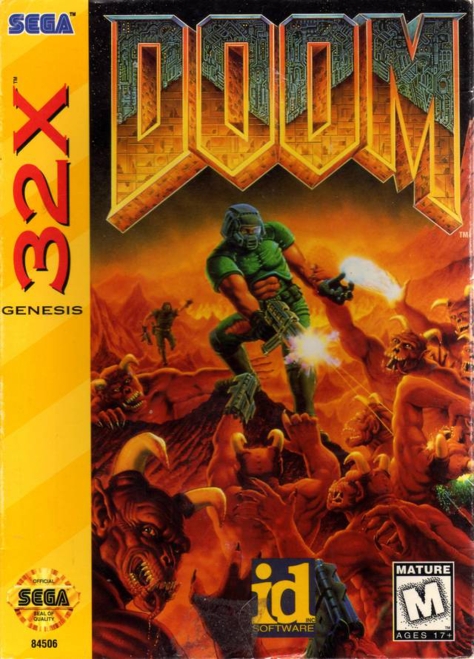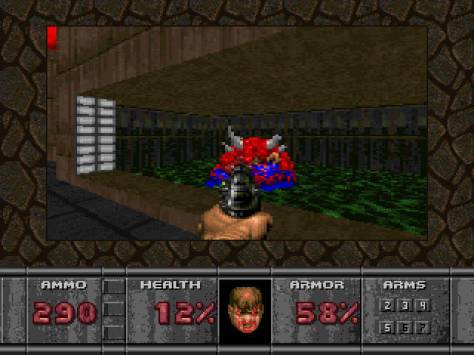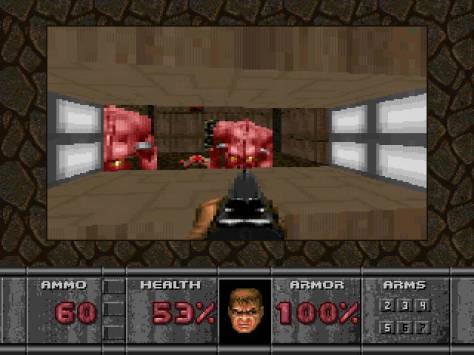
Having completed Doom on the Sega 32X, I decided to spend some substantial time with the only other 32X game in my possession: Virtua Racing Deluxe. Originally released as an arcade game in late 1992, it is one of video game’s polygonal pioneers. Nowadays, it looks extremely primitive, although it’s still a joy to play. As it originated in Sega’s AM2 division, this is no surprise; they were led by Yu Suzuki – one of video game’s greatest designers. Released in late 1994, the 32X version is scaled down graphically, but expands upon the arcade game in content.

I don’t have any nostalgia for games with this sort of graphical fidelity and the few that I’ve played retroactively have been unpleasant. Those that I have played seemed to have been notable only for their choppy graphical prowess at the time and were otherwise unenjoyable. I was blown away then when this game not only moved at a fast clip, but was highly responsive and a blast to play! It’s a stepdown visually when compared to the original but still remains palatable. It also features significant pop-in, but it wasn’t so abhorrent that it impacted my performance.
There were five stages to race on and three vehicles to choose from – two more of each than the arcade game. Each of the stages and vehicles required a different sort of finesse to achieve greatness. Lacking a career mode, the motivating force for solo play was high scores, or rather, best times. Placing first in the field of sixteen was a tall order, and my best after an hour is second place. The responsiveness of the vehicles and the limited time involvement required saw me continuously attempting to best my computer opponents. A split-screen multiplayer mode is available for two players although I haven’t tried it yet. My biggest fear is slowdown which, to be fair wasn’t an issue in my solo sessions.

The enjoyment I had with Virtua Racing Deluxe came as a surprise to me. I had doubts about it based on my past experience with primitive polygonal games. Any doubts I had were erased when I grabbed the controller. It was as fast-paced and responsive as any other racing game of the time period, and perhaps more so. Although my exposure to the 32X library is limited at this point, I feel confident in asserting that this is one of the premier titles on the platform.
![Virtua Racing Deluxe – Sega 32X [Review]](https://mybrainongames.files.wordpress.com/2015/05/virtua-racing-deluxe.jpg?w=672&h=372&crop=1)
![Doom [Sega 32X] – Review](https://mybrainongames.files.wordpress.com/2015/05/doom.jpg?w=672&h=372&crop=1)


